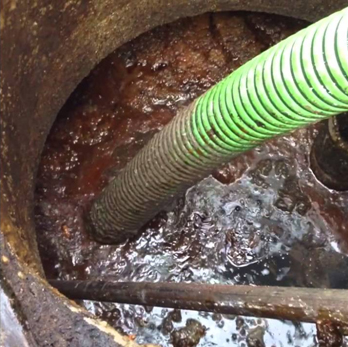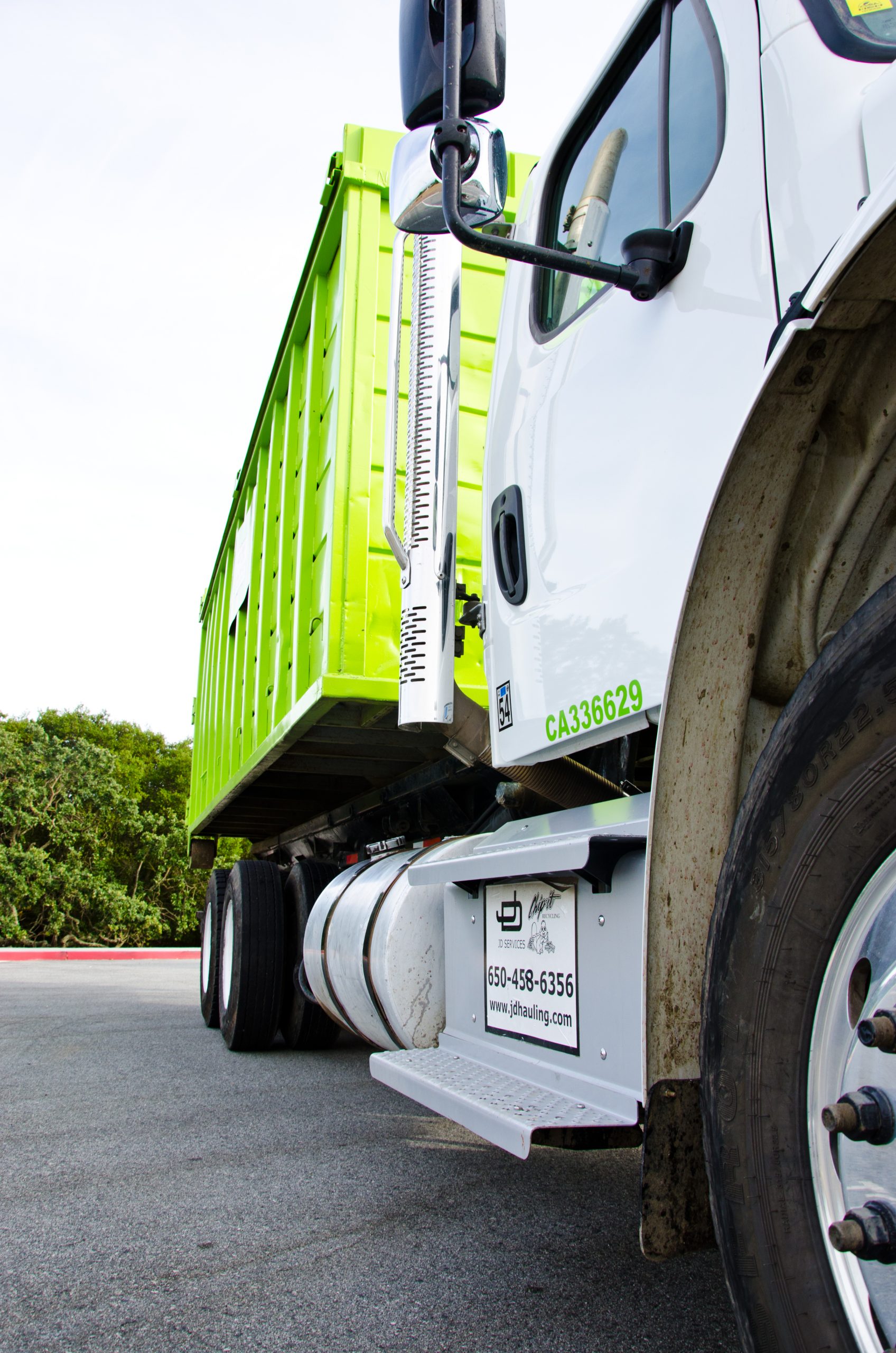

Consistent maintenance is important in maintaining an efficient grease trap.
If your grease trap is not regularly pumped, it can become clogged, releasing toxic waste into the public sewage lines, which can overflow the trap and send back-ups into your kitchen.
If regulatory authorities identify your restaurant as the source of a grease spill, you may be hit with a significant fine. Cities all over the world spend millions of dollars a year to treat wastewater and hundreds of thousands of dollars each year cleaning and repairing sewer lines clogged by FOG (Fats, Oils and Grease) . Even though FOG enters the sewer system through various locations, the food service industry is by far the largest contributor of FOG. If your restaurant is in an area guilty of consistent build-up, leakage and excess FOG you will pay more to help with the city’s cleaning costs.
Diagnosing grease trap problems can turn into a full-time job if cleaning your grease trap is not a priority. FOG build up, and clogging issues are one thing, but believe it or not, there are much worse things that could happen. Some could even lead you to have to shut your doors for a period or ultimately put you out of business. If any of these common problems should occur, contact a local septic or grease trap cleaning service immediately. Don’t try and do it yourself, it may end up costing you even more money if not done right.
A clog in this line means water back up in the main line that passes through to the grease trap.
If your grease trap is not being cleaned or pumped regularly, it could cause a clog in your outgoing line. This could lead to overflow into both compartments of your grease trap.
If you don’t regularly have your trap pumped, the first compartment (where grease and fats separate) will eventually backup. As will both the second chamber and the incoming and outgoing lines.
Is an essential and necessary part of a commercial grease trap installation, the flow restrictor allows air to enter the pipe and restricts the amount of water going into the trap so as not to overflow it. If the water flows too quickly and the trap gets overwhelmed, grease can escape the trap. When considering a flow restrictor look for options that provide a more extensive air vent, equal to the size of the drain pipe. Also, be sure the actual restrictor (the inner wall fitted with the hole) is made of solid metal. Plastic ones are not strong enough and can break or deteriorate quickly.
Most blockages can be cleared by a professional using a brush to alleviate the obstruction from the sink or drain side of things. However, some blockages are so severe that the grease build up covers not only the restrictor hole but the air vent as well. And, if this happens you have a more significant problem!
As a business owner you have a responsibility to operate and maintain your grease trap properly. Not just for your safety, but more for the safety of those that you employ. Establishing grease trap cleaning services is instrumental in doing so. Greasy floors are a common cause for slipping and falling incidents in restaurants, not only cause bruises, bumps, and broken limbs, but they can also cause even more devastating injuries such as Spinal cord injury, Bone fracture, Head injury, Brain damage, and even Death! If you choose to ignore your grease trap, it could end up costing you a small fortune in a liability lawsuit or medical charges.
Grease build up on a kitchen hood, and duct system is one of the leading causes of fires in a restaurant. However proper cleaning and maintenance can reduce your risk. Commercial kitchens are required to have these components professionally cleaned on a regular basis as stated by the National Fire Protection Agency (NFPA). If you choose to ignore this requirement you could receive a hefty fine or worse – the NFPA may decide to close your restaurant.
The NFPA (National Fire Protection Agency) Code 96: Standard for Ventilation Control and Fire Protection of Commercial Cooking Operations outlines the following regulations when it comes to keeping your kitchen hood clean. Facility Solutions Nationwide (SLM) breaks down a cleaning schedule:
Commercial kitchens serving low traffic groups such as camps, churches, seasonal establishments, etc.
Commercial kitchens serving moderate traffic groups
Commercial kitchens serving high-volume traffic groups such as 24-hour diners, restaurants that serve charbroiled items, wok cooking, etc.
Commercial kitchens that serve solid fuel within their restaurant
Cleaning and sanitizing restaurant kitchen hoods and duct systems should be part of and included in the job description of your kitchen staff. However, the regulations outlined above are in place for restaurant owners to follow. You, as the sole owner, need to hire professional help to remain compliant.
Fires caused by kitchen grease are severe, can cost thousands, even millions of dollars, and put the lives of your employees in jeopardy. Regular grease removal and cleaning are crucial. All parts of a restaurant kitchen need to be thoroughly inspected for proper installation and operation. From the hood to the ducts and commercial fans, maintaining these elements with regular cleaning can end up saving you a ton of worry, hassle and sleepless nights.

CSLB# 1049901
Our professional team is here to help get the job done.
No job is too small or too big.
Ready to discuss your needs in more detail?


